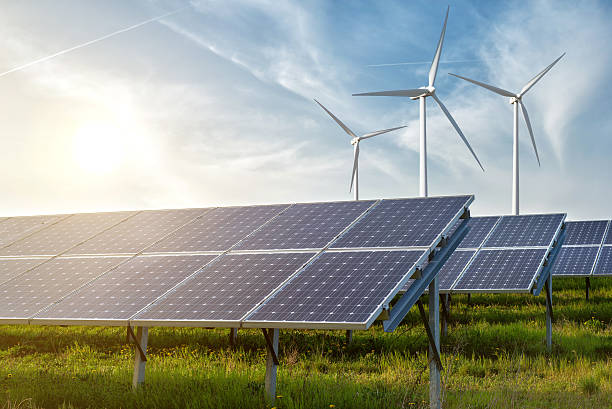
FAQ About Clean Energy
Clean Energy
2 years ago | gizem
How does clean energy impact the electricity grid?
Clean energy has several impacts on the electricity grid, which is the complex network that connects power generators to consumers, ensuring the reliable and efficient supply of electricity. The integration of clean energy sources into the grid brings both challenges and opportunities. Here are some key ways clean energy impacts the electricity grid:
- Intermittency and Variability: Many clean energy sources, such as solar and wind, are intermittent and variable, as they depend on weather conditions and time of day. This introduces fluctuations in electricity generation, which the grid must manage to match supply with demand.
- Grid Balancing and Flexibility: The variability of clean energy sources requires enhanced grid balancing and flexibility. Grid operators must continually adjust power generation and demand in real-time to maintain grid stability and avoid blackouts.
- Energy Storage Integration: Clean energy technologies often require energy storage systems, such as batteries, to store excess energy during periods of high renewable output and release it when demand is higher or renewable generation is low. Energy storage helps smooth out fluctuations and increase grid stability.
- Distributed Energy Resources (DERs): Clean energy technologies, such as rooftop solar panels and small wind turbines, enable distributed energy generation. DERs challenge the traditional one-way flow of electricity in the grid and necessitate grid upgrades to manage bidirectional power flows effectively.
- Grid Modernization: The integration of clean energy sources often drives grid modernization efforts. Upgrading grid infrastructure and implementing smart grid technologies are crucial to optimize grid operations and accommodate renewable energy sources.
- Reduced Transmission Losses: Clean energy projects located close to the point of electricity consumption can reduce transmission losses, as electricity travels shorter distances from generation to consumption.
- Grid Resilience: Clean energy projects, particularly those with energy storage and microgrid capabilities, can enhance grid resilience during power outages and natural disasters by providing localized and reliable electricity supply.
- Demand Response: Clean energy integration encourages demand response programs, where consumers adjust their electricity consumption in response to price signals or grid conditions. This helps balance supply and demand, reducing the need for fossil fuel-based power plants.
- Grid Planning and Forecasting: Clean energy integration requires improved grid planning and forecasting tools to predict renewable energy output accurately and plan for grid stability under various scenarios.
- Grid Decentralization: The rise of clean energy and distributed generation contributes to grid decentralization, with power generation occurring closer to consumers. This can increase energy efficiency and reduce the need for massive centralized power plants.
- Environmental Benefits: Clean energy's low carbon footprint contributes to environmental benefits, including reduced greenhouse gas emissions, air pollution, and water usage compared to fossil fuel-based power plants.
